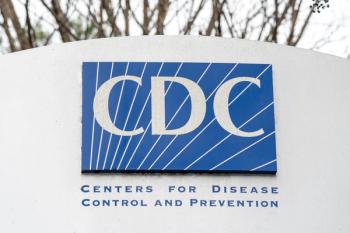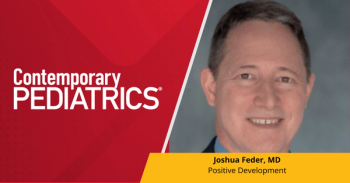
Study: School-based treatments stop cavity progression in NYC children
Silver diamine fluoride and atraumatic restorative treatment stopped most cavities in NYC children, showing school-based care can reduce decay.
Two school-delivered dental treatments—atraumatic restorative treatment (ART) and silver diamine fluoride (SDF)—successfully stopped the progression of most cavities in New York City elementary students for up to 4 years, according to new findings from the CariedAway trial, led by researchers at NYU College of Dentistry and published in JAMA Network Open.1,2
“This study is our most robust analysis of these different cavity prevention techniques, as we focused on decay on each tooth surface and measured it up to four years,” said Ryan Richard Ruff, PhD, MPH, associate professor at NYU and a principal investigator of the study.
The CariedAway trial was a large, cluster-randomized clinical trial designed to test non-surgical interventions in preventing and managing dental caries in schools. The study enrolled more than 7,400 children across 48 primary schools in NYC, with follow-up data available for over 1,600 students aged 5 to 13 years who had at least one cavity.
In the study, children received biannual school-based care: either SDF followed by fluoride varnish or ART, which involves removing decayed tissue with hand instruments and applying a protective material. Both treatments target existing cavities, unlike school-based sealant programs that focus only on prevention.
Across more than 10,000 treated tooth surfaces, researchers found that SDF kept 62% of surfaces from worsening over four years, while ART controlled 55%. At the individual level, children treated with SDF were significantly less likely to experience a treatment failure than those treated with ART (45.5% vs. 53.3%, respectively). The odds of failure were lower for SDF (OR, 0.51; 95% CI, 0.39–0.66) even after accounting for disease severity and clustering by school.
“Offering ART or SDF in schools can help avoid the need for more invasive dental treatment and improve access to preventive care,” said Tamarinda J. Barry Godín, DDS, MPH, research scientist and project director of CariedAway.
The trial also assessed whether the severity of a child’s dental disease influenced outcomes. Each additional decayed surface increased the odds of failure by 16%. However, there was no significant interaction between treatment type and disease severity, suggesting both treatments perform similarly regardless of initial decay burden.
Surface-level failure rates were not significantly different between groups (38.3% for SDF vs. 45.5% for ART), and recurrent failures, defined as new decay on the same surface, occurred at similar rates over time (hazard ratio, 0.92; 95% CI, 0.82–1.04).
The researchers also explored whether applying SDF to back teeth had any indirect benefits on untreated front teeth. Among the children with both anterior and posterior decay, there was no observed benefit from posterior SDF application on anterior lesions.
Caries remains one of the most common chronic diseases in childhood and a major driver of missed school time. According to the study authors, integrating treatment into school programs may address access gaps, especially among low-income and racially marginalized populations. Participating schools in the trial were selected based on high percentages of students from Black or Hispanic backgrounds and those receiving free or reduced-cost lunch.
Although both SDF and ART were effective, the simplicity and ease of SDF—requiring less clinical infrastructure and training—may make it more feasible for broader adoption in school settings.
“This study strengthens the case for expanding access to noninvasive dental care in schools, especially for children who might not otherwise receive treatment,” Ruff said.
The study was funded by the Patient-Centered Outcomes Research Institute (PCORI). In addition to Ruff and Barry Godín, authors include Aditi Ashish Gawande and Qianhui Xu of NYU College of Dentistry.
References:
- New York University. School dental treatments stop kids’ tooth decay in its tracks. Eurekalert. June 9, 2025. Accessed June 24, 2025. https://www.eurekalert.org/news-releases/1086496
- Ruff RR, Aditi Ashish Gawande, Xu Q, Tamarinda Barry Godín. Silver Diamine Fluoride vs Atraumatic Restoration for Managing Dental Caries in Schools: A Cluster Randomized Clinical Trial. JAMA Network Open. 2025;8(6):e2513826-e2513826. doi:https://doi.org/10.1001/jamanetworkopen.2025.13826
Newsletter
Access practical, evidence-based guidance to support better care for our youngest patients. Join our email list for the latest clinical updates.










